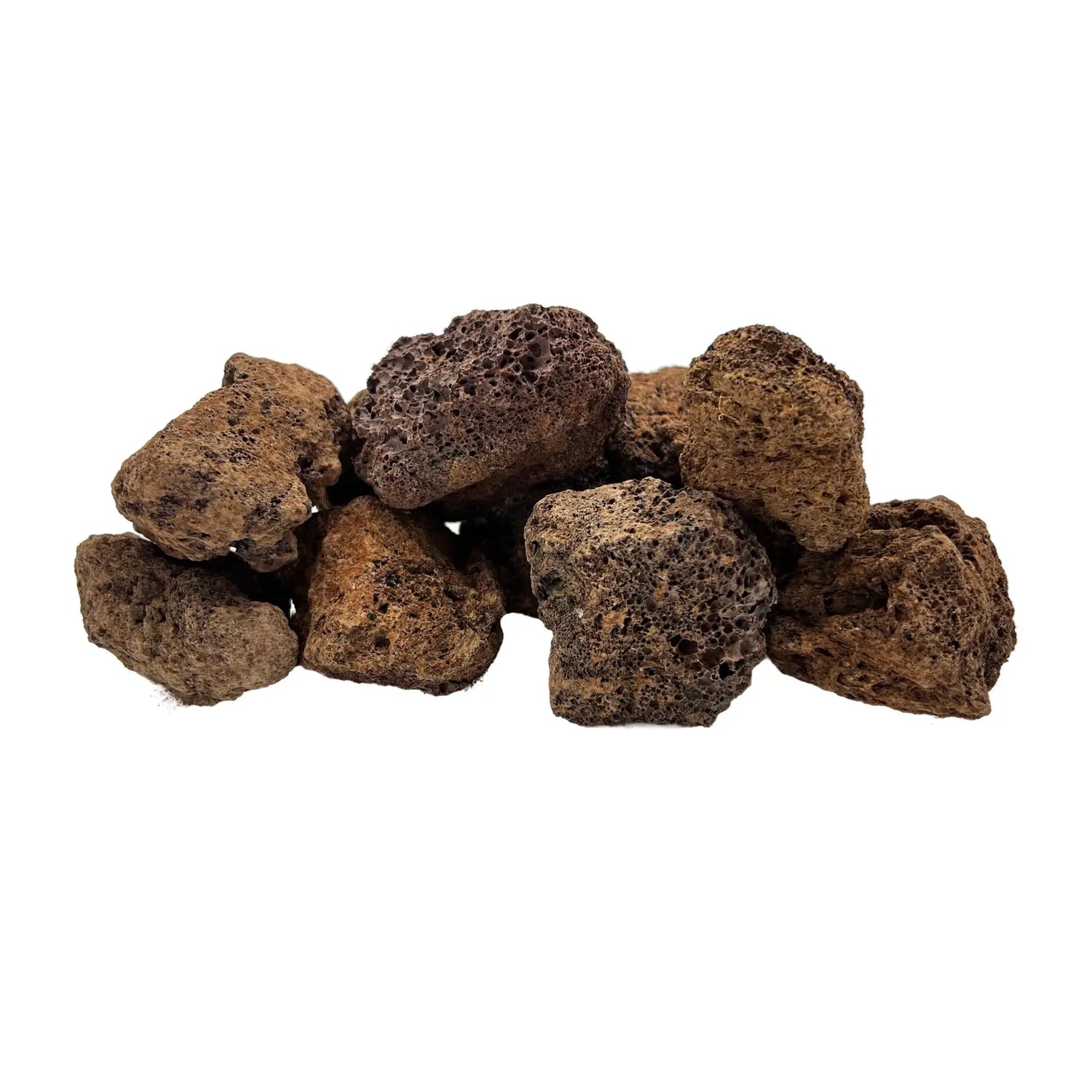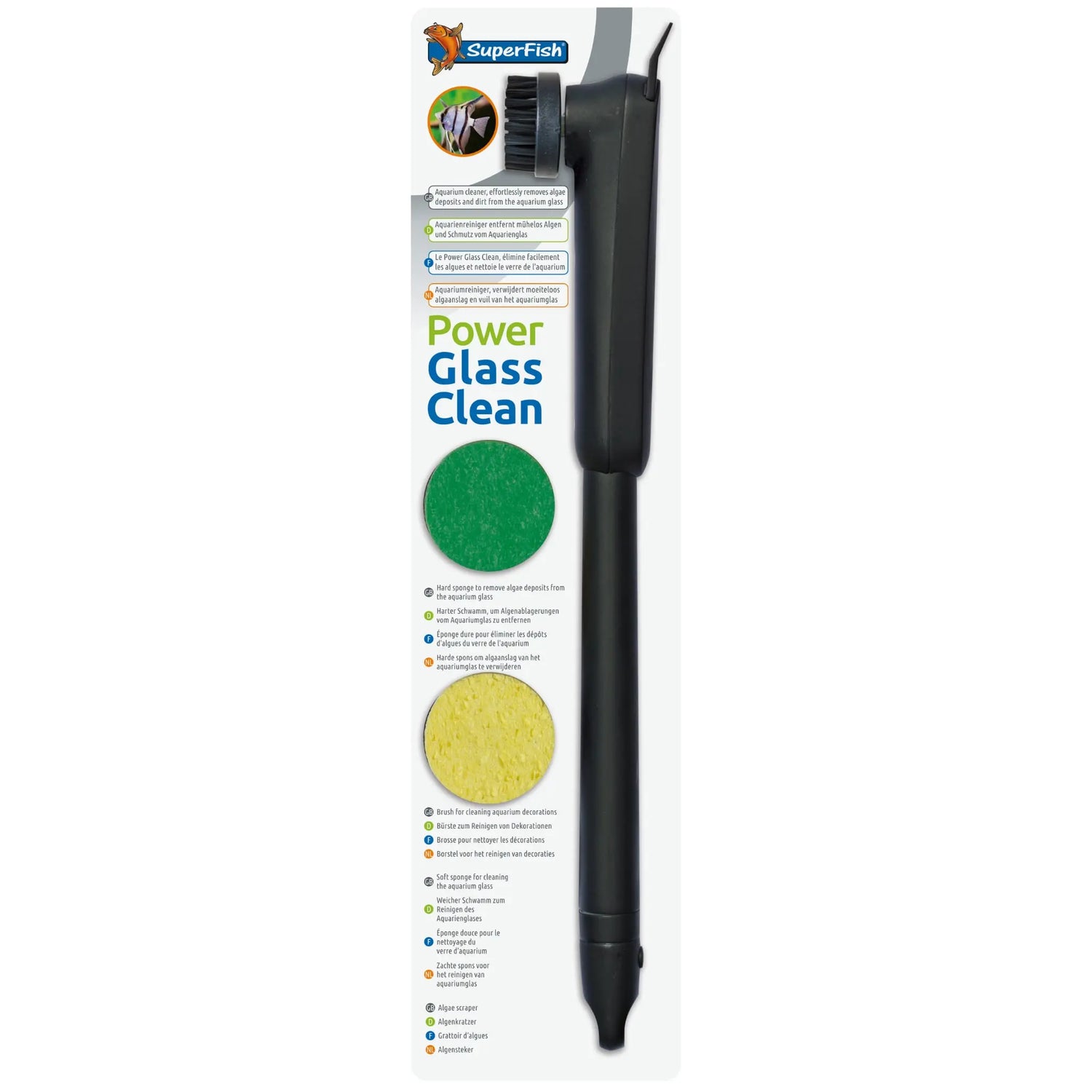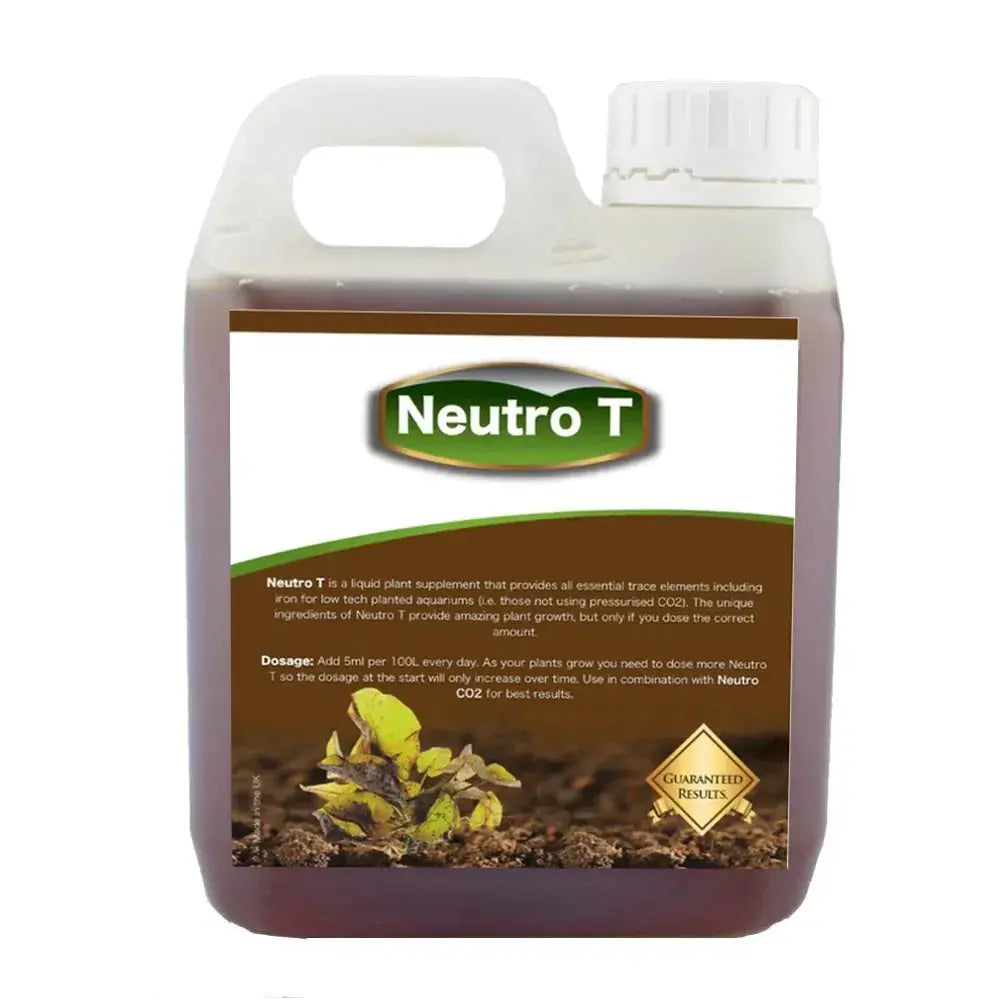When starting a new aquarium, adding plants to the aquascape is a must to enhance the water quality, to provide fish with places to hide, and to make your tank colorful. There are hundreds of plant species available, but only a few of them are ideal for beginners.
Beginner plants are generally hardy, with fewer light, temperature, and pH requirements to worry about. Here is a set of seven plants that will enhance the aesthetic appeal of your tank without making your job as a novice aquarist any harder.
Java Moss (Taxiphyllum barbieri)
Java Moss is an extremely versatile plant that is easy to care for. It grows best in tanks with low light and moderate temperatures, but it will tolerate any amount of light and any temperature between 60-82 degrees Fahrenheit. It is typically used by aquarists as a carpet plant, but it can also be used for aquascaping or a supplementary food source. To propagate Java Moss, all you need to do is pick off a piece and add it to a new surface. The only maintenance it needs is a quick rinse and trim every 3-8 weeks, depending on how fast it grows. If your Java Moss is healthy, the tiny leaves that cover its tiny branched stems should be a bright green color.
Ozelot Sword (Echinodorus ozelot)
The Ozelot Sword is characterized by large green leaves with red, brown, or black marbling. They will make a great centerpiece for your tank and they will do best in the middle or back of the tank. If conditions are optimal these plants will grow rapidly, so the hardest part of caring for them will be controlling their growth with regular pruning. They prefer medium to high light and iron-rich substrates, but like Java Moss, they can grow in a large range of lighting and water conditions. The main difference you will see with higher light levels is an increase in red and brown coloration of the leaves.
Water Wisteria (Hygrophila difformis)
Water Wisteria is a unique freshwater plant that has heterophyllous leaves, which means that the leaves can be a variety of shapes depending on the water conditions. Regardless of their shape, the leaves are a bright green, and the plant can either be rooted in one spot or can provide a carpet for the tank. They grow best in sandy substrates, and they prefer hard water that is between 70-82 degrees. Once they are in those conditions they will grow rapidly, so you will need to trim them down so that they do not overcrowd other plants in the tank. Other than that, there is little else you will need to do to care for this hardy plant species.
Marimo Moss Ball (Aegagropila linnaei)
Although they are called moss balls, these plants are actually a form of algae. Green algae filaments are tangled together, growing outward from one central point to form a ball-like shape. Another unique characteristic of these plants is that as they produce oxygen, they will float to the top of the tank. The oxygen will gradually escape, but you can gently squeeze it out of them to make them sink back down. They prefer the foreground or midground of a tank, low to moderate lighting, and plenty of fertilizer. They grow very slowly, so you should not have to worry about marimos growing too big. On occasion you may need to roll the ball over, otherwise all of the growth will be concentrated on one side and it will lose its round shape.
Blue Water Hyssop (Bacopa caroliniana)
The blue water hyssop is sometimes called a “lemon bacopa” because the round, succulent leaves release a lemony scent if crushed. Beautiful blue flowers grow along their stems, and unsubmerged stems will also have tiny hairs on them. They can tolerate a wide temperature range, as well as different levels of water hardness. They can also do well in either low or high light, but they do prefer high light. In their natural habitat, the water hyssop can grow to immense sizes, so caring for them at home will require regular trims so they do not grow too tall or wide. Lastly, these plants are among the easiest to propagate. Simply cut a 3 to 5 inch piece off the top of the stem, remove the leaves from the lower half, and insert the cutting into potting soil that is well saturated with water.
Tips for Healthy Plants
Maintain a clean tank to ensure good water quality and to ensure enough light is reaching your plants.
Use a light specifically meant for aquariums. Direct sunlight can cause water temperatures to get too high for both your plants and your fish.
Use the proper substrate for your plant. Many beginner plants do just fine with sandy substrates.
Do not overcrowd your tank. If there are too many plants in the tank they will become nutrient-deprived.
Summary
These seven plant species are all well-suited for the beginning aquarist because of their minimal care needs. It is important to stick to plants that are easier to maintain when you are first starting out and work your way up to more challenging ones - if you start off with difficult plants that you cannot properly care for, they will die quickly and could even cause problems for your fish. With the beautiful beginner options listed above, you will be able to spruce up any aquarium with natural fauna, and your fish will be better off for it.






1 comment
very nice article please share ro plants repair and service